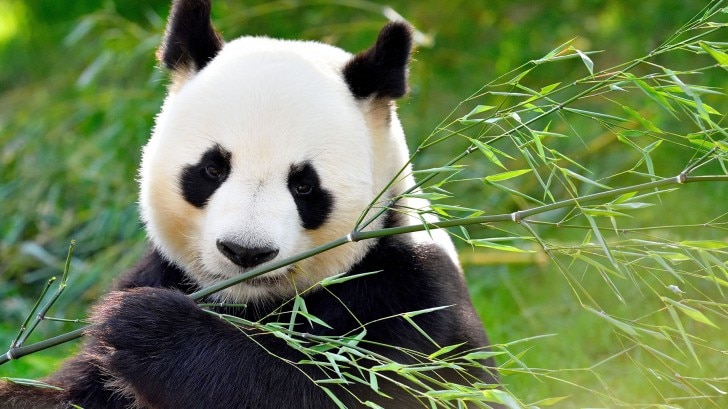BBC Earth newsletter
BBC Earth delivered direct to your inbox
Sign up to receive news, updates and exclusives from BBC Earth and related content from BBC Studios by email.
Animals
Keepers must trick her into thinking she had only one baby.
When a mother panda gives birth to twins at the Chengdu Research Base of Giant Panda Breeding, the team uses a little sleight of hand to keep both cubs alive.
Shortly after birth, keepers remove one of the cubs, tricking the mother into thinking she only has one baby. The twins are then switched up to 10 times a day to maintain the single baby panda illusion. One of the cubs is with the mother almost all the time while the other is kept in an incubator and fed on formula milk.
Half of all panda births result in twins, however, it is very rare for both cubs to survive as giant pandas almost always abandon a cub if they give birth to more than one. The reason is that they don’t have sufficient milk or energy to care for two so focus their attentions on the strongest club. Rearing a cub is difficult for pandas as they subsist on bamboo, which has a low nutritional value and mothers need to balance their own survival with that of the cub.

The process of coxing the panda to give up her young requires great patience from the keepers. They use a bowl of honey water to placate the mother, while they attempt to remove the child. Not wishing to distress the panda, this negotiation has to be repeated until the panda trusts the keeper enough to let them handle her cub.
This method opens up the possibility of a 100% survival rate in captive panda cubs. It’s a problem that the Chengdu Research Base has been tackling for decades. Prior to 1990, the survival rate among twins was only 30%.

Giant pandas are as popular as they are at risk. Listed as a vulnerable species by the IUCN (International Union for Conservation of Nature) assessment published in 2016, it estimated the worldwide population of pandas is approximately 2,060. While this is an increase on previous years, it could all be under threat. Predicted environmental damage over the next 80 years from climate change is estimated to destroy more than 35% of the panda’s bamboo habitats.